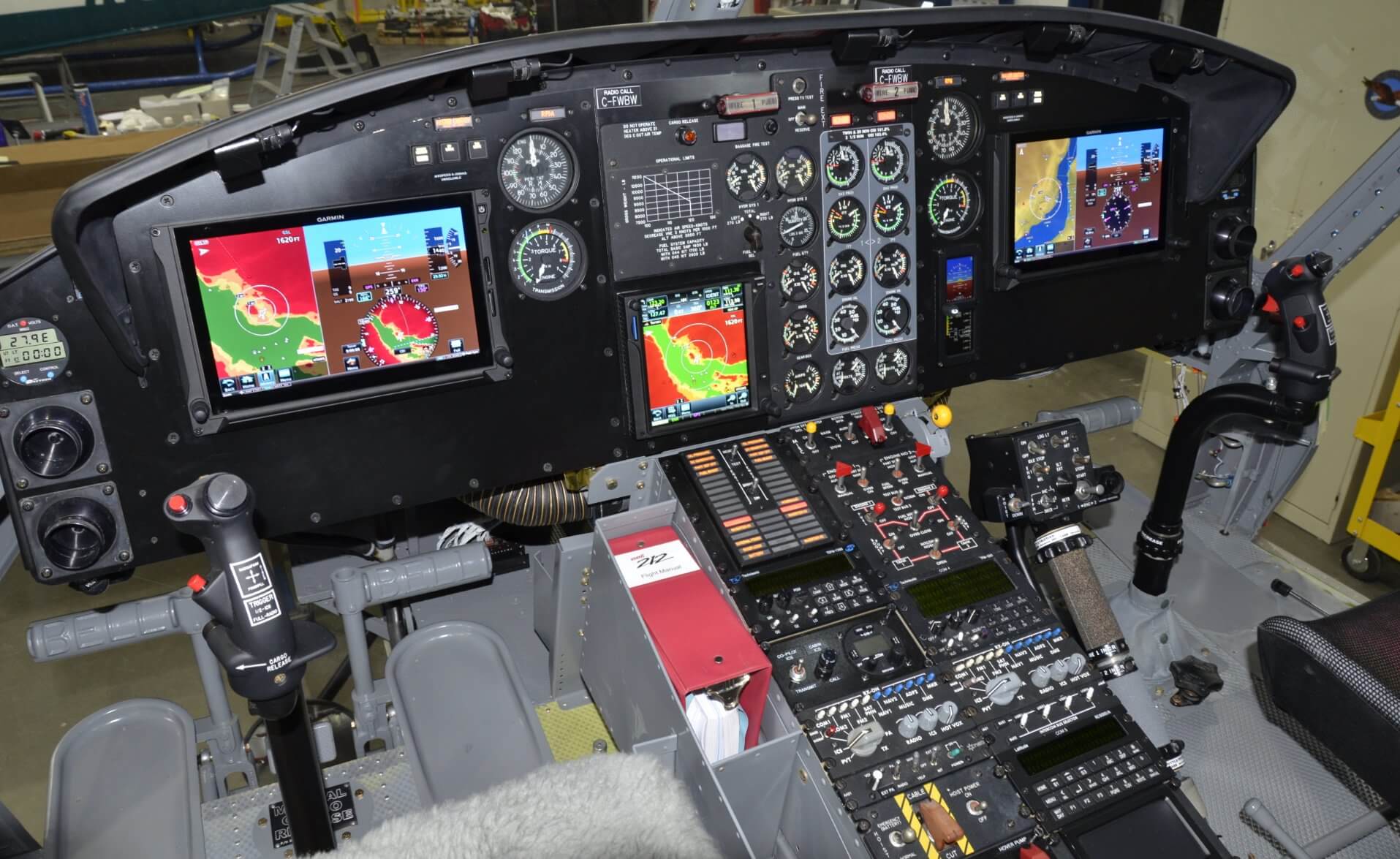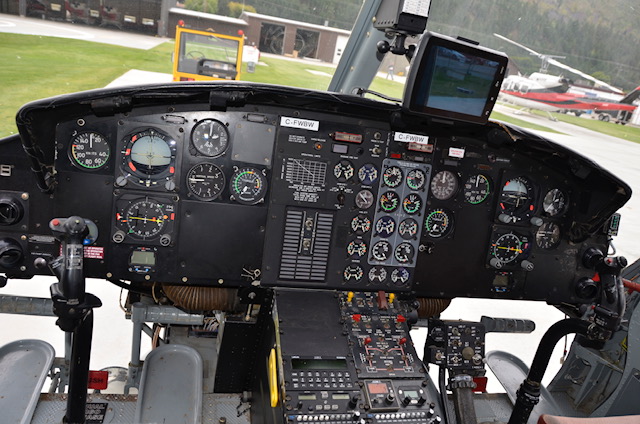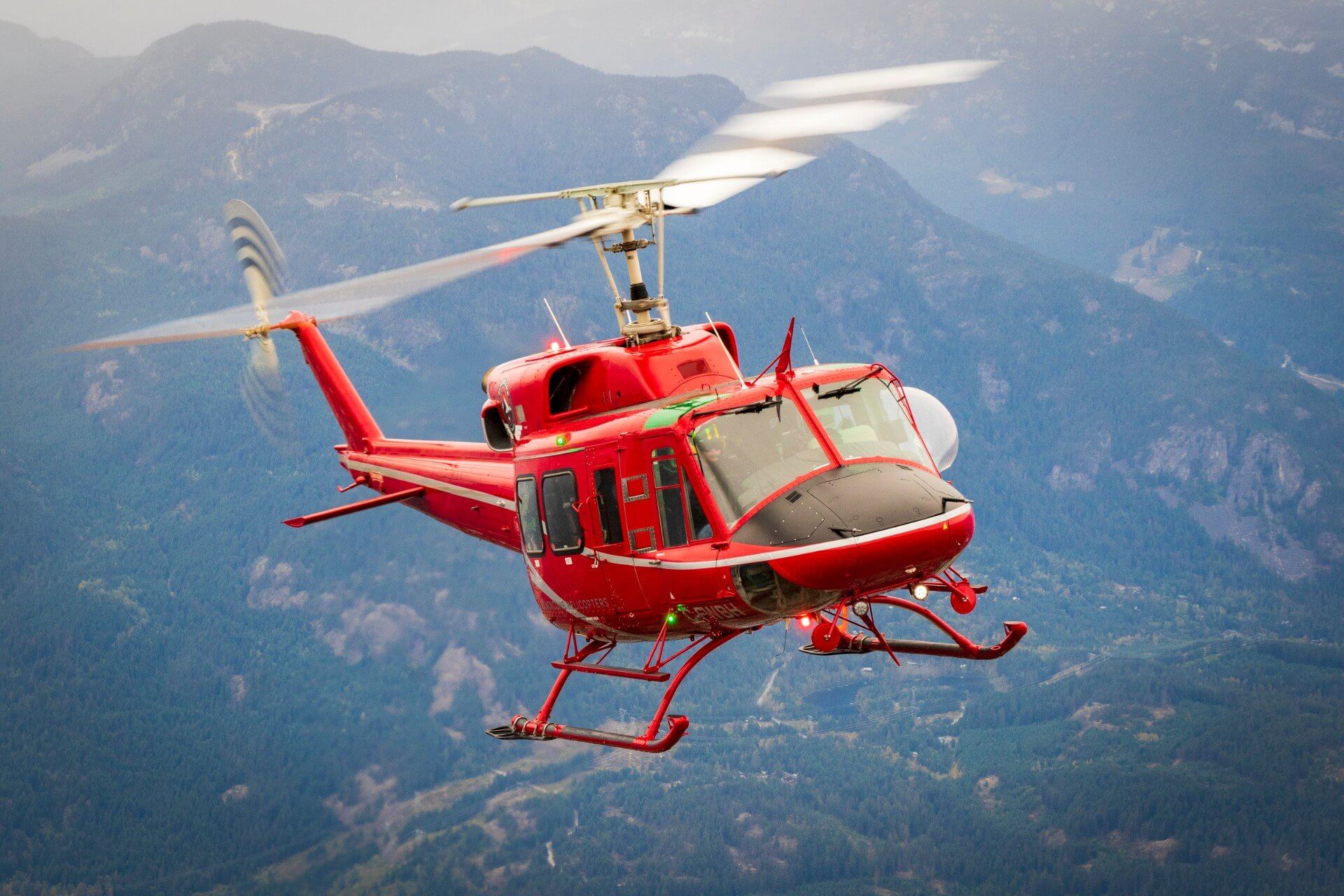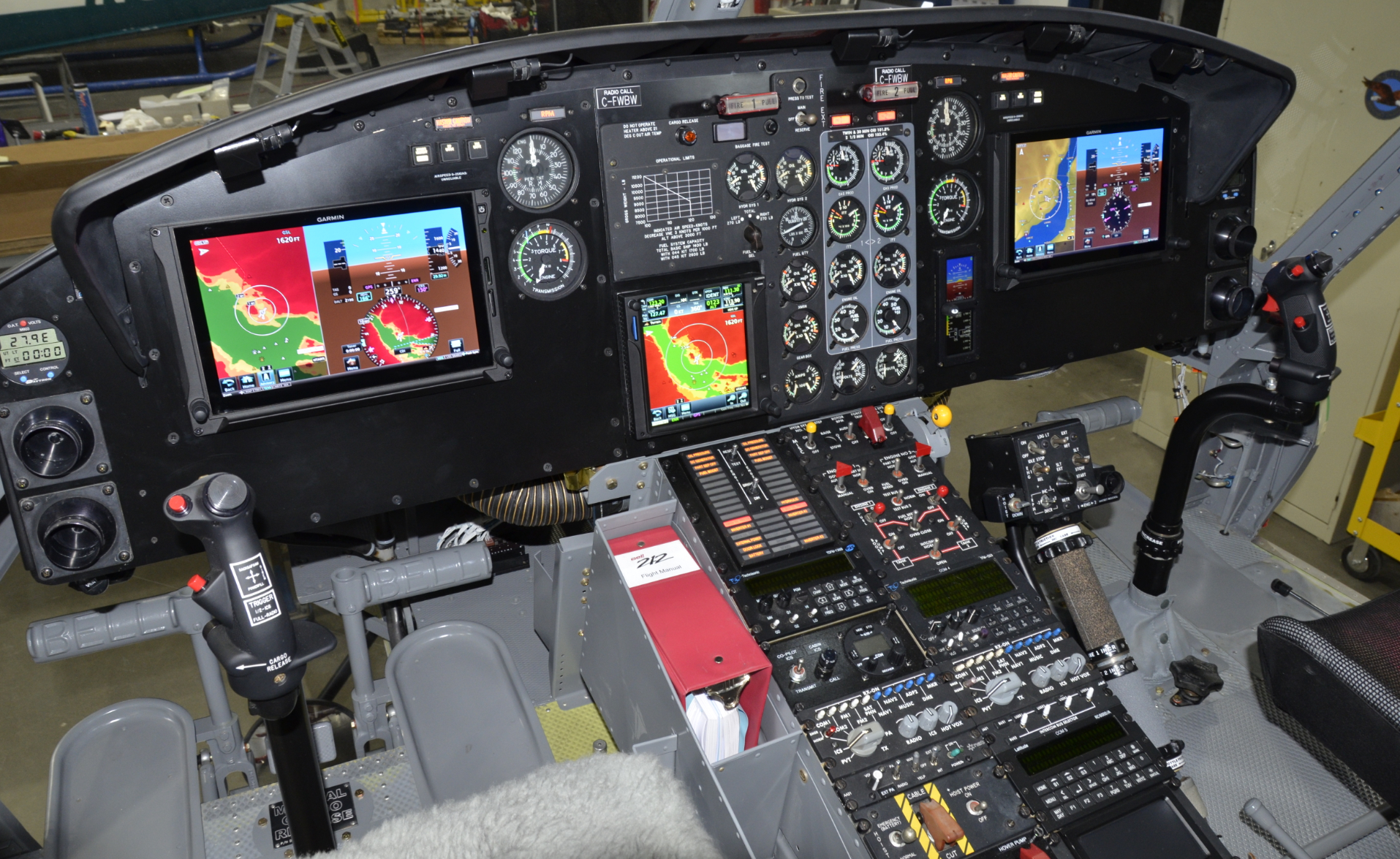Alpine Aerotech has received a supplemental type certificate (STC) from Transport Canada for a comprehensive glass cockpit avionics upgrade for the Bell 212.

The kit, created in partnership with Whistler, British Columbia-based Blackcomb Helicopters, includes pilot/co-pilot Garmin G500TXis as primary flight displays (PFDs), and a single Garmin GTN 750Xi GPS/NAV/COMM.
Blackcomb uses the 212s extensively for heli-ski operations in the winter, and for firefighting and utility projects throughout the rest of the year. The operator picked up the first 212 equipped with the avionics upgrade on April 20, and plans to soon be fielding it operationally on fires.
Jeff Denomme, Alpine Aerotech’s president, told Vertical that the kit’s design and development had been an 18-month process, with his company working closely with Garmin and Blackcomb to make sure the project met regulatory and operational requirements.
“Blackcomb were doing a refurbishment on the aircraft, they knew they had to rewire their aircraft, so they said this is the time to do the upgrade,” he said. “It was a big job and a lot of time, planning, and engineering went into it, but it went seamlessly with the approval process with Transport Canada.”
Denomme said his team worked closely with Garmin and Blackcomb to create the final design. Alpine Aerotech produced a mock-up of the instrument panel to allow Blackcomb’s ownership group, operations and maintenance teams to figure out what worked best in what location.

“The 212’s instrument panel is limited in space,” said Denomme, “so the placement was a challenge for this equipment to make sure that it was in the right place for the aircrew. The biggest challenge was really just getting everybody together and agreeing to the layout of the cockpit and I think they couldn’t be happier.”
By consolidating inputs from altitude/heading reference and air data computer systems into two 10.6-inch touchscreens, the upgrade allowed Alpine Aerotech to remove all of the older and expensive analog flight instruments and gyros.
“The problem with the old antiquated instrumentation that this STC will eliminate is you can’t buy the parts for the old instrumentation, and it’s very expensive to repair,” said Denomme, adding that this is likely to open up a large market for the upgrade. “The upfront cost of the kit is one thing, but it’ll lower the DOCs [direct operating costs] over time because you can’t buy the [legacy] parts and the repairs are very expensive.”
The resulting system also provides a weight saving of about 15 pounds (6.8 kilograms), depending on the original aircraft configuration.
John Morris, a Blackcomb director, said ADS-B, traffic awareness, and obstacle awareness were important elements Blackcomb was looking to include. “Those are the three pieces of the puzzle that we wanted to incorporate into our aircraft,” he said.
The centrally located GTN 750Xi provides access to navigation, radio tuning, weather, terrain, traffic and more. It can be synchronized across both G500TXi displays with optional traffic advisory and helicopter terrain awareness and warning systems (TAS and HTAWS), as well as automatic dependent surveillance-broadcast (ADS-B) integration.
“The unit can display as a PFD only, utilizing the HSI as a map, or in a more conventional split between MFD [multifunction display] and PFD,” said Morris. “While track, terrain, and traffic overlaid on a moving map are available in either format, the MFD has a much larger representation than only having the information on the HSI, while providing an incredibly useful perspective for the pilots.”

Morris said the new systems are intuitive and easy to use. “Overall, they are a huge safety enhancement and a gamechanger for our crews from both a flying and maintenance perspective.”
Crucially, the upgrade will allow the aircraft to continue operating in day and night visual flight rules (VFR) conditions. To achieve this, Alpine Aerotech equipped the kit with a Mid-Continent Instruments standby attitude module (SAM) for increased redundancy and safety.
“We really value our partnership with Alpine Aerotech,” said Morris. “We worked together with them every step of the way and despite the fact this was the first of its kind, the product was delivered early, on budget and without any surprises or major changes to the original design goal.”
Blackcomb picked up the first of its Bell 212 HPs to receive the upgrade on April 20, and plans to have it installed in the other two 212 HPs in its fleet later this year and early next year.
“Garmin’s support was key in the success of the project and we plan to make this kit available to Garmin Dealers internationally,” said Denomme.
The kit will be offered as a standalone package or as part of a full rewire, and Alpine Aerotech has already applied for certification from the Federal Aviation Administration and the European Aviation Safety Agency.









